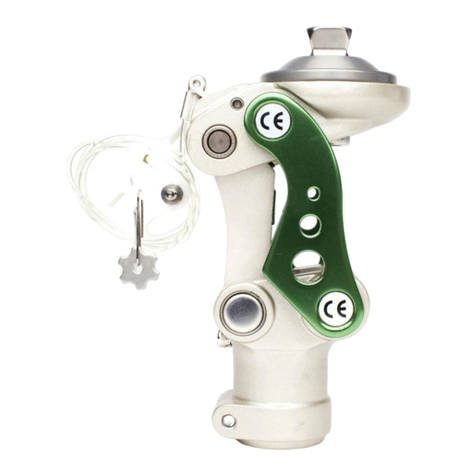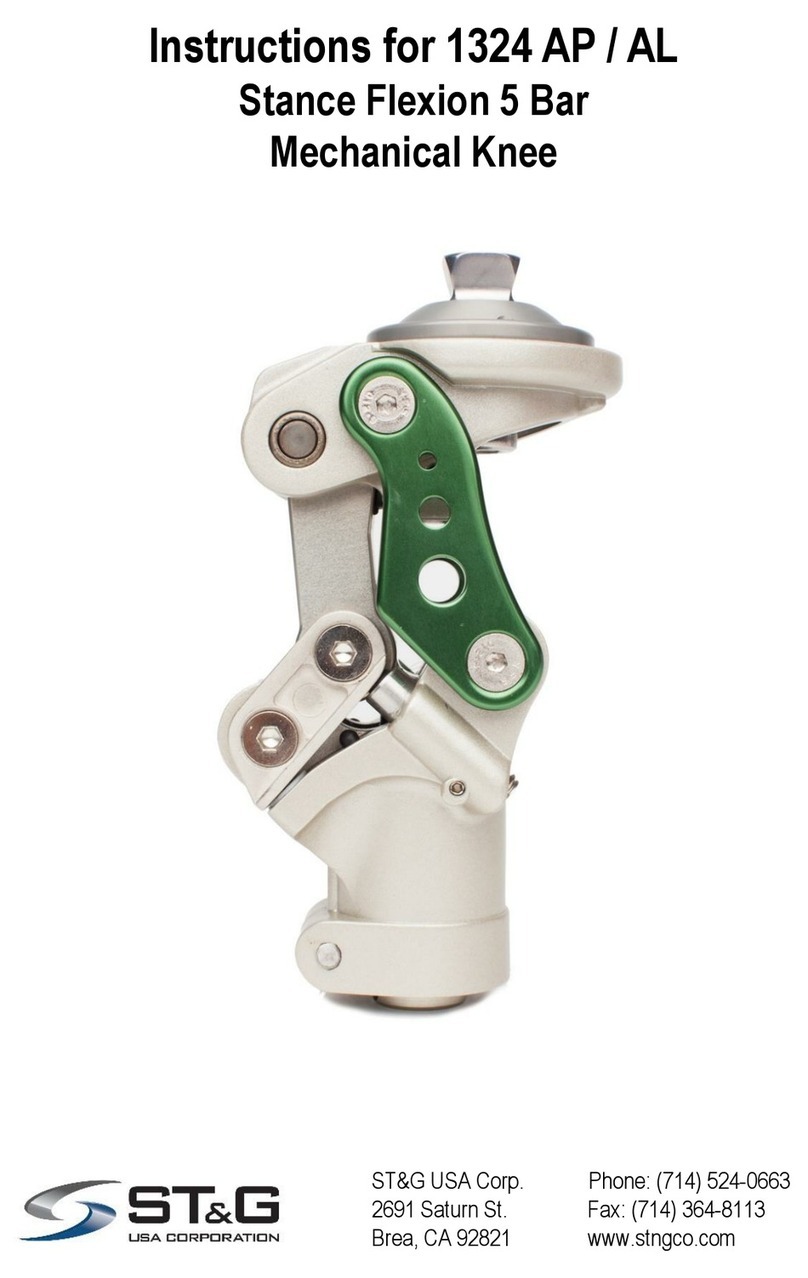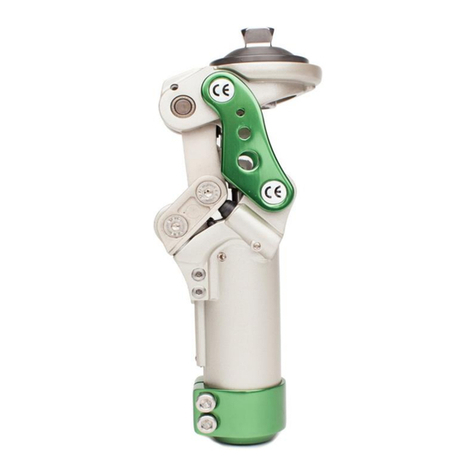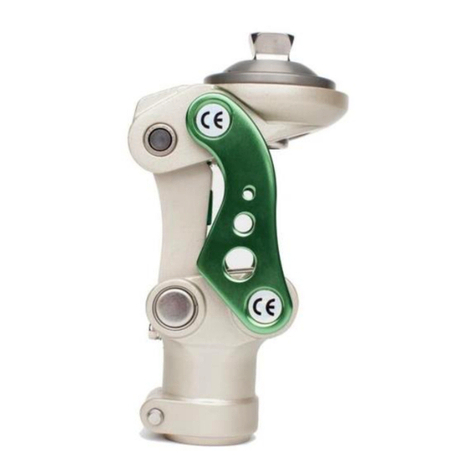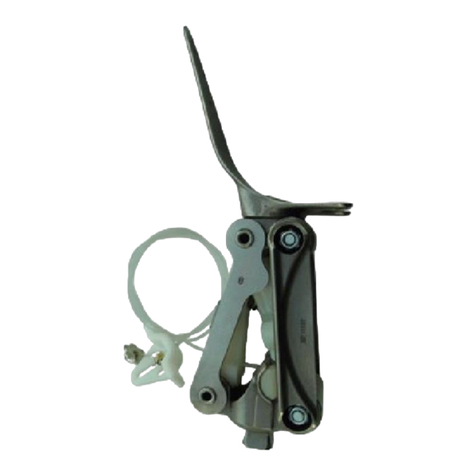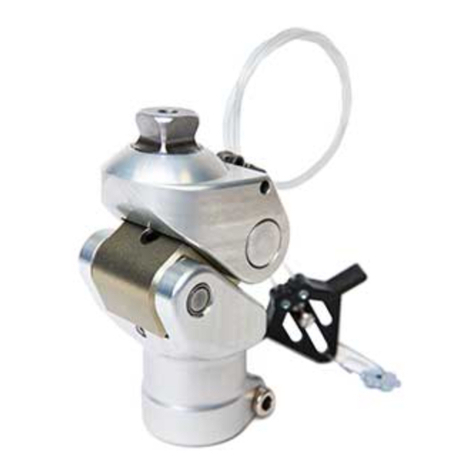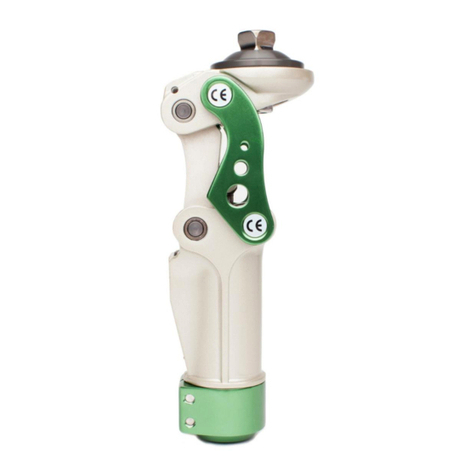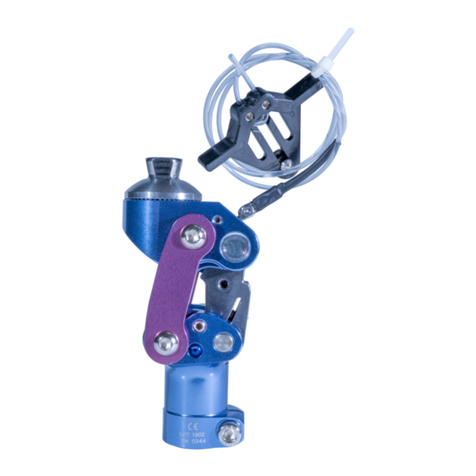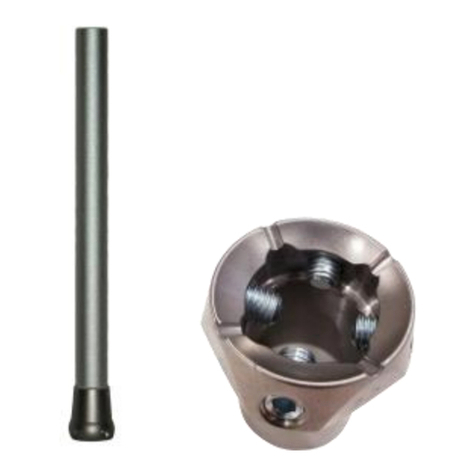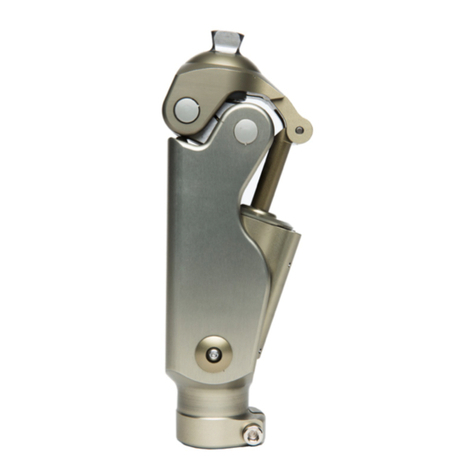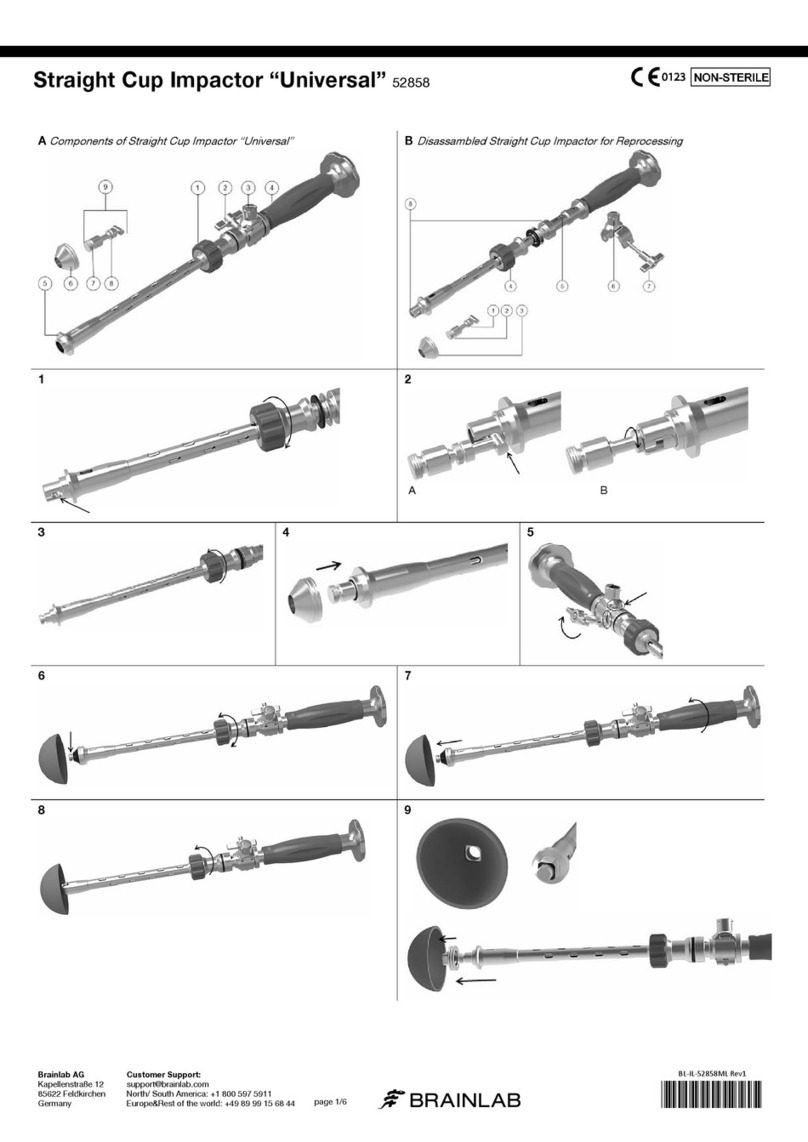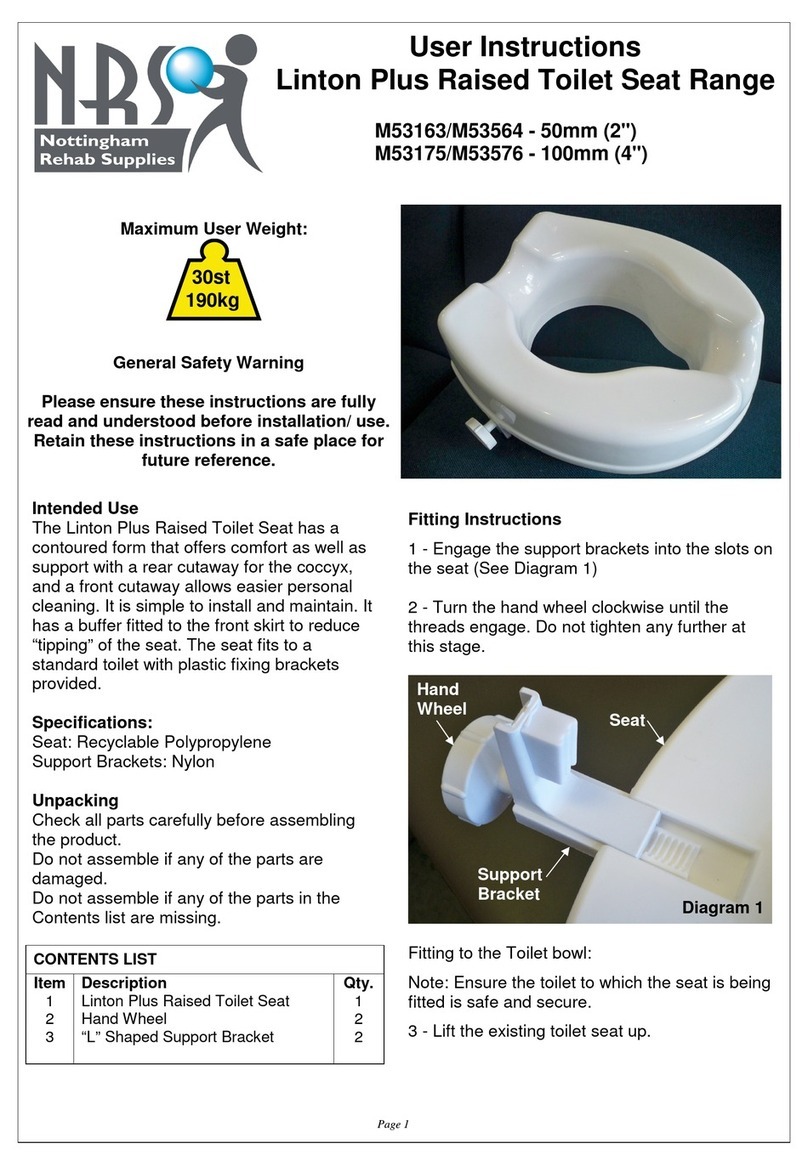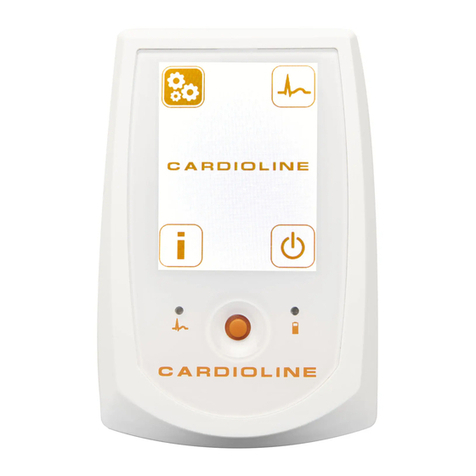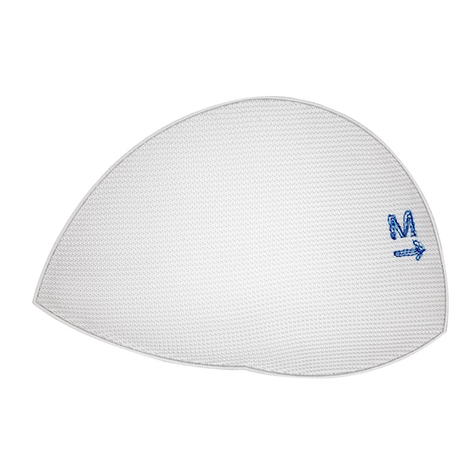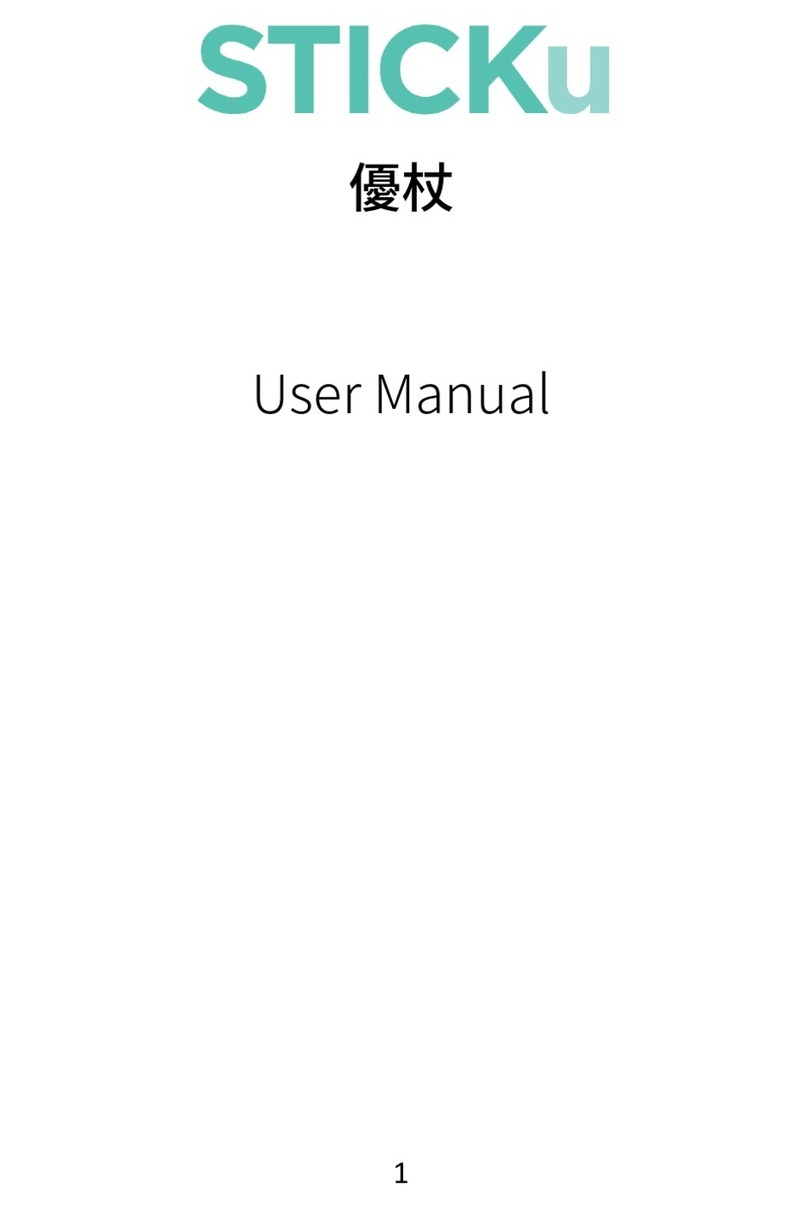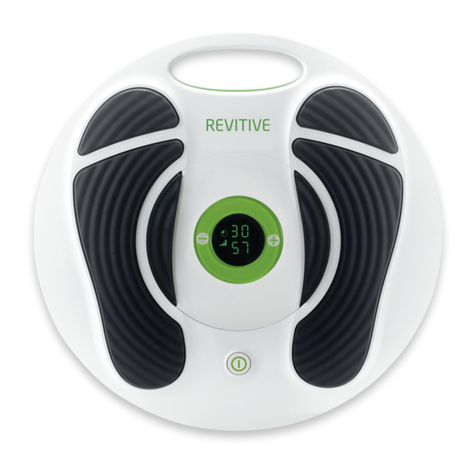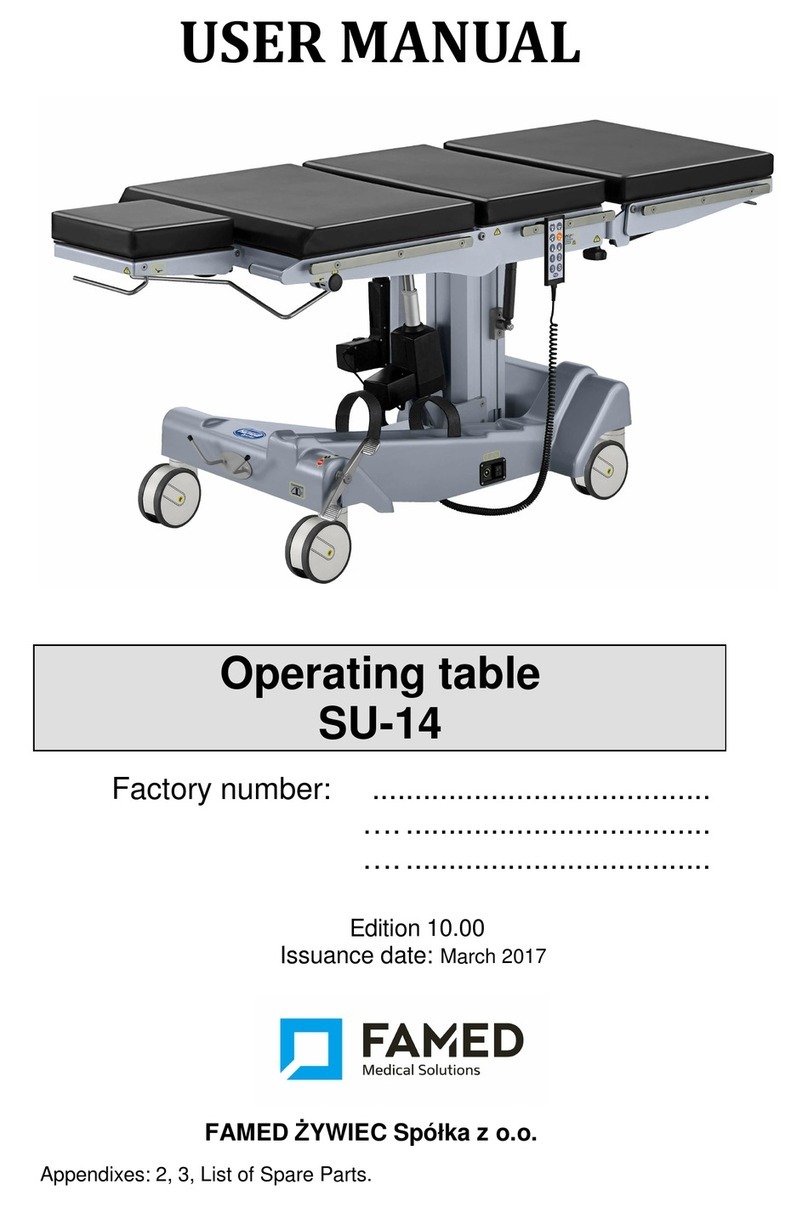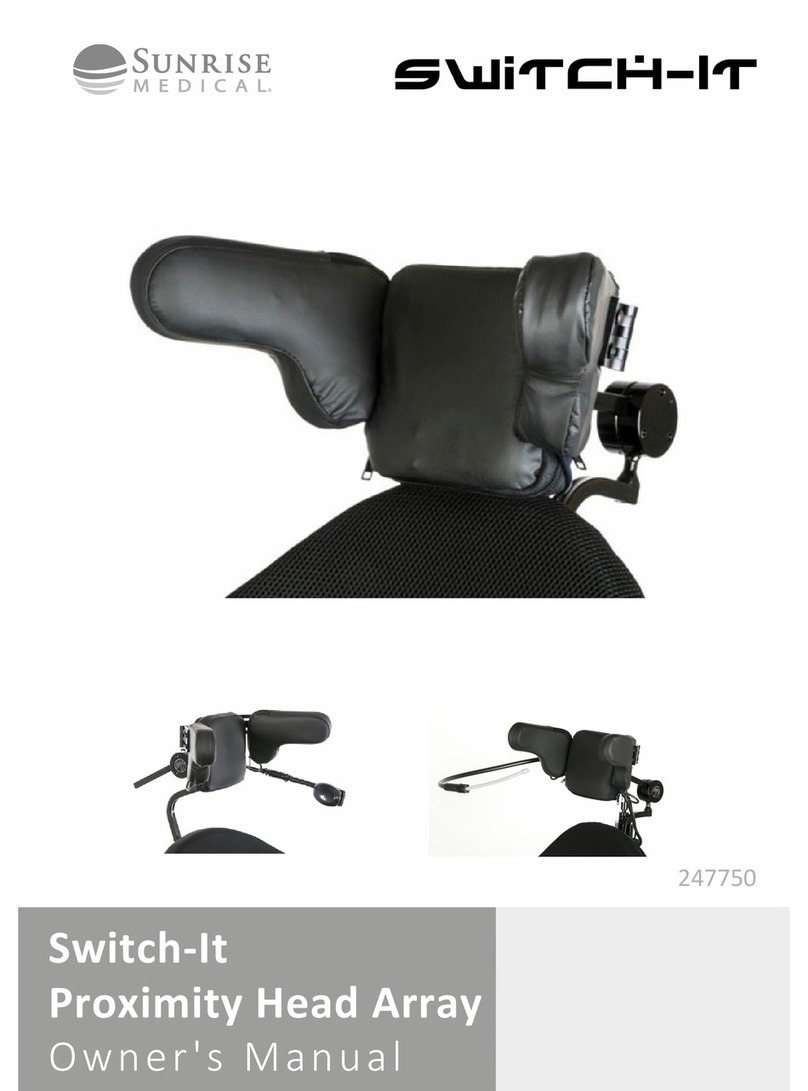ST&G Toe Flex User manual

Toe Flex Instructions for Use
Introduction The Toe Flex foot/ankle system combines a unique combination of
articulating ankle and toe segments with a carbon fiber heel, to provide low to moderate
impact K2/K3 ambulators an exceptionally normal walking gait. The result is good stability
and confidence for trans tibial, trans femoral, and bilateral trans tibial amputees.
•Articulated ankle movement provides Dorsi and Plantar flexion motion, with slight
adaption to slopes for enhanced stability and overall comfort.
•An innovative flexible toe break and spring mechanism enhances smooth roll over
•Heel stiffness can be fine tuned with included heel wedge bumpers
•The unique Toe Flex design delivers articulation on slight grades, stairs, and level
ground for stability.
The Toe Flex is intended for use by low to moderate impact trans tibial and transfemoral
K2/K3 level ambulators. Caution should be used when fitting bilateral patients to assess
their ability to adapt to the movement of the ankle. Toe Flex has a weight limit of 275 lbs.
(125 kg).
The Toe Flex foot/ankle system is pre-assembled consisting of a foot/ankle module,
Spectra sock and foot shell. After dynamic alignment, torque pyramid adjustment screws
to the manufacturer’s specifications. Secure pyramid adjustment screws with a thread
locking adhesive (i.e., Loctite 242).
Introduction
Patient Selection
Assembly
Alignment
Bench Alignment
Static Alignment
Bench alignment with a 3/8” (10mm) lift under the heel or the foot placed in the desired
shoe, use a plumb bob or vertical laser line to confirm that the weight line falls through
the middle of the anterior bumper (1/2” or 12mm anterior to center of ankle pivot bolt).
Prior to donning the prosthesis:
• Plantarflex/Dorsiflexion foot to match the shoe heel height.
• Adduct/Abduct socket to provide appropriate frontal plane angle.
• Flex/Extend socket to provide appropriate sagittal plane angle.
• Move the socket linearly to ensure the weight line falls along the anterior edge of the
pylon (see illustration).
To complete the static alignment, stand the patient in a set of parallel bars. The patient
should be able to stand comfortably without feeling as if the knee is flexing or
hyperextending. If the knee is flexing, shift the foot anteriorly. If the knee is
hyperextending, shift the foot posteriorly.
3/8”(10mm)
Weight Line
1/2” or 12mm Anterior

Tip! Angular adjustment of the pyramid will impact the ratio of the 12 degrees of
combined movement. Plantarflexion adjustment at the pyramid will decrease the
dorsiflexion range of motion provided by the ankle. Dorsiflexion adjustment at the
pyramid will decrease the plantarflexion range of motion.
Ensure that the range of dorsiflexion and plantarflexion motion is maintained during
static alignment. Check when flexion is properly accommodated that the system still has
<6 ⁰ dorsiflexion and >6⁰ plantarflexion.
During loading response, the heel lever stores energy and releases it during midstance.
This action provides momentum for ankle motion from plantarflexion towards
dorsiflexion and to toe rollover. To optimize the heel to toe rollover motion, adjust the
following variables:
• Anterior/posterior foot placement (should visually be close to anatomical)
• Dorsiflexion/plantarflexion (should be even toe/heel pressure standing)
• Heel stiffness (slight compression is optimal, too stiff not optimal)
Once a stable static alignment is achieved, begin walking the patient in the parallel bars
to optimize alignment and function on level ground.
Using your patient’s feedback, change from the yellow, out of the box, heel bumper (if
needed) to promote smooth symmetrical walking transition. Visible heel compression is
optimum, but excessive and lingering heel compression is not recommended.
To change the bumper, remove foot shell and spectra sock with the foot shell removal
tool. The bumper can be pulled out while the heel is pulled into a slight extension motion
away from the keel. Insertion is the opposite of removal.
NOTE: If you patient is more active, switching to the next stiffer RED bumper may
actually enhance the smoothness of the heel to toe transition during walking.
Dynamic Alignment
Soft Firm
Heel too soft:
Symptoms
• Foot flat occurs too rapidly and long duration
• Difficult to roll over foot
• Knee hyperextension
Solutions
• Shift socket anteriorly in relation to the foot
• Switch to stiffer rubber bumper
Heel too stiff:
Symptoms
• Rapid knee flexion, very short duration on heel
• Heel to toe progression too rapid
• Lack of energy return sensation
Solutions
• Shift socket posteriorly in relation to the foot
• Verify appropriate heel bumper stiffness
Troubleshooting
Stiffening Bumpers
Storage Operating & Storage Temperature Range: -10˚C to 50˚C ( 14˚F to 122˚F)
Allowable relative humidity 0 % to 90 %, non-condensing
Foot shell and Spectra sock should not be exposed to extreme/continuous UV exposure.
Always use a covering such as a clean sock and shoes, and be sure to routinely change
the sock to keep the enclosed environment clean and debris free.

Rubber stiffening bumpers are included to adjust the heel stiffness during loading
response. The bumpers may be swapped out by carefully removing inserted bumper, and
reinserting bumper of choice. If the heel stiffness is too stiff, go to the next softer
bumper. If softest bumper is inserted and is still too soft, check foot A/P alignment.
A Spectra sock is provided to protect the foot shell and minimize noise. Spectra socks
must be replaced at intervals appropriate to the user’s activity level. Failure to inspect
and replace the Spectra socks may prematurely wear the foot module, or foot shell, and
may void the warranty.
When removing or installing the foot shell, use the Foot Shell Removal Tool (ST&G Foot
shell Removal Tool) to prevent damage to the foot module.
Sizes: 23-28cm
Average Build Height per size: 65.5mm / 2.58” (23/24)
68mm / 2.65” (25/26)
70.3mm / 2.77” (27/28)
User Weight Rating: 125 kg (275 lbs)
Heel Height: 10 mm (3/8 in)
Connector: Male pyramid
Warranty: 24 months (shell 6 months)
• Inspect the foot module every six months. If the user is more active, more frequent
inspection may be necessary. Service as necessary. Replace Spectra sock and/or foot
shell if worn to prevent damage to the Toe Flex components.
• Toe springs should be inspected at least every 4 months. If necessary, springs can be
serviced and installed in your office with the dowel guide tool and available replacement
joint pin, springs. These are available for purchase, and the process is relatively simple.
• The foot module may be cleaned and/or disinfected with soap and warm water
solution. Avoid harsh chemicals.
Failure to adhere to the guidelines of the Instructions for Use will void the warranty.
• Never use the foot module without a foot shell. Failure to comply may cause
premature wear, loss of function, and/or product failure.
• Never expose or submerge the Toe Flex foot to salt water, chlorinated water or water
in general. Failure to comply may cause premature wear, loss of function, and/or
product failure. In the event of splash or exposure, the Toe Flex has to be serviced by the
fitting clinician to be sure all mechanical aspects are not compromised by corrosion.
• Always use the foot module with a Spectra sock in foot shell, and sock on the outside
with a shoe. Failure to comply may cause premature wear, loss of function, and/or
product failure.
• Never allow aggregates such as sand to remain in the foot shell. Upon exposure to
aggregates, immediately disassemble foot module and rinse with water. The abrasive
properties of aggregates will quickly wear the Toe Flex composite components of the
foot module.
• ST&G foot modules are manufactured to fit industry standard pyramids and receivers.
It is the prosthetist’s responsibility to select and/or fabricate properly fitting attachment
components.
• Never attempt to loosen any bolts affixing the Toe Flex Foot system connectors or heel
modules.
• Discontinue use and consult your prosthetist if any part of the prosthesis starts to make
noise.
• Inform your prosthetist if you lose or gain a significant amount of weight.
• ST&G foot products are manufactured and tested for a particular weight and activity
impact level. Use by another user for whom it was not originally manufactured may
cause injury and shall void any written or implied warranty or liability.
Dynamic Alignment
Spectra Sock
Foot Shell
Toe Flex System
Maintenance
Warnings

ST&G USA Corporation
2691 Saturn Street, Brea, CA 92821, USA
Tel: 1-714-524-0663 Fax: 1-714-364-8113
1114 Toe Flex IFU REV B (7-17-20)
CE Conformity
This product meets the requirements of 93/42/EEC guidelines for medical products.
This product has been classified as a class I product according to the classification
criteria outlined in appendix IX of the guidelines. Please keep this manual in safe place
for future use.
Table of contents
Other ST&G Medical Equipment manuals
Popular Medical Equipment manuals by other brands
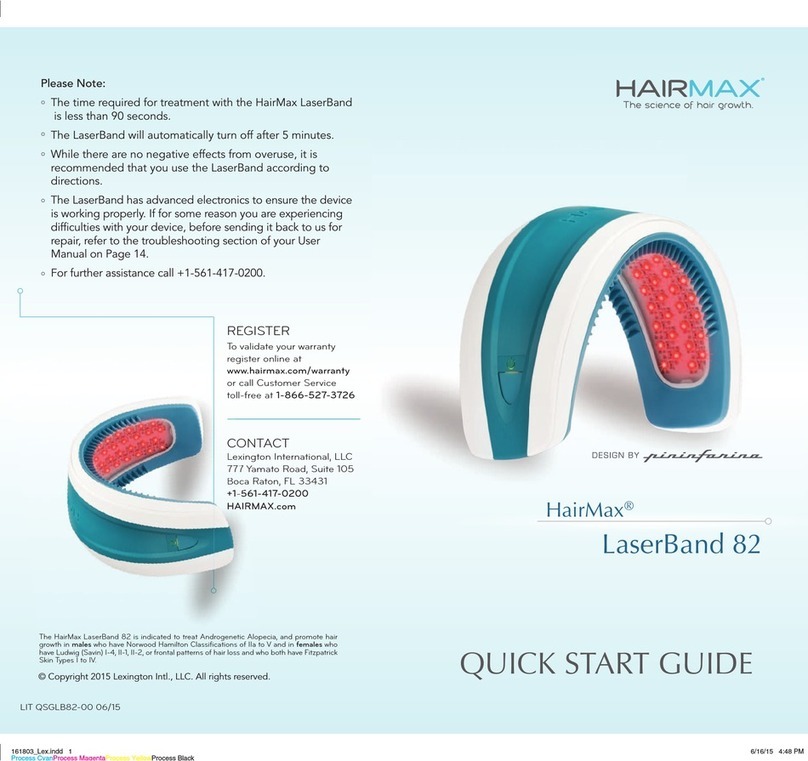
HairMax
HairMax LaserBand 82 quick start guide
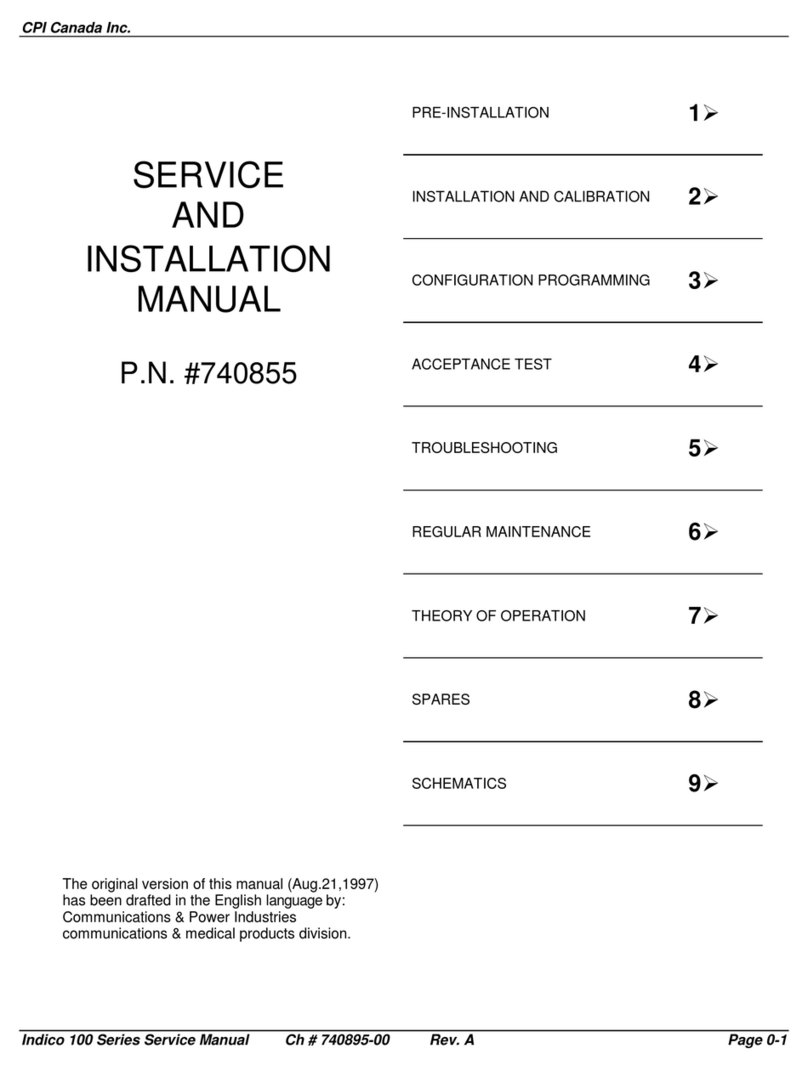
CPI
CPI INDICO 100 Series Service and installation manual

Pulmonetic Systems
Pulmonetic Systems LTV Series Operator's manual
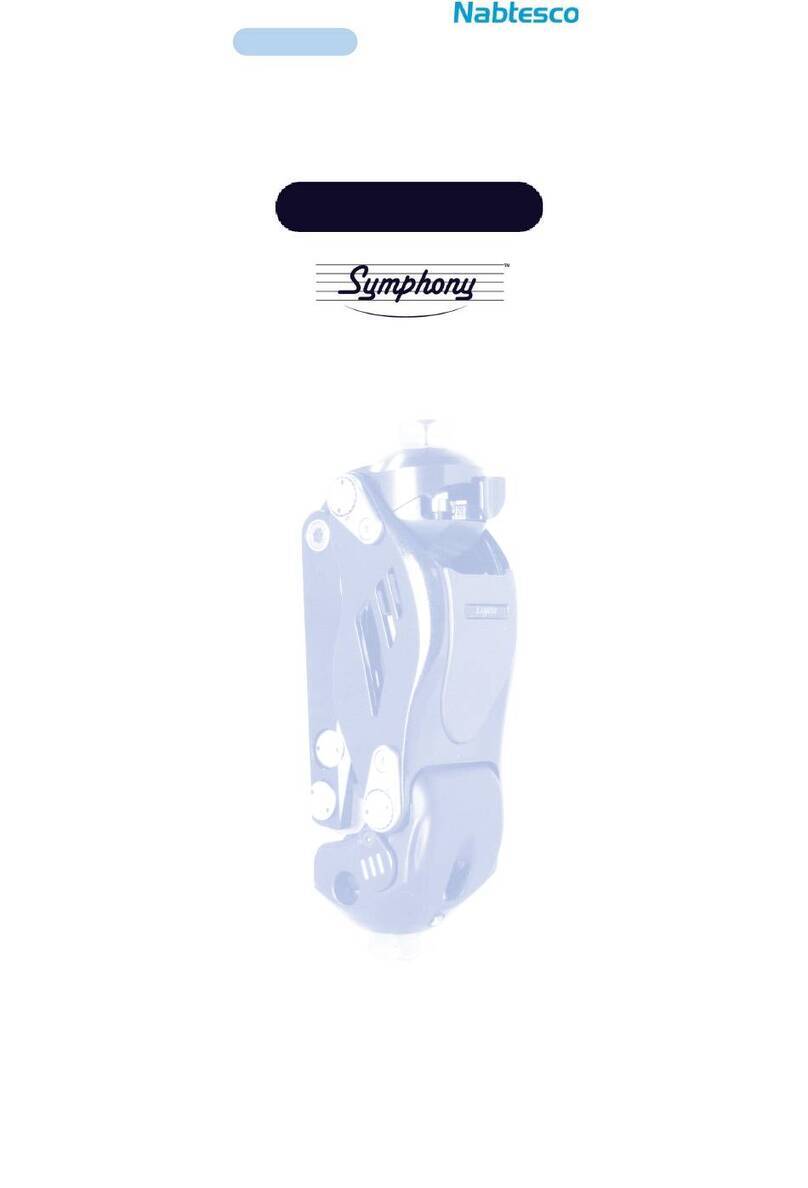
Nabtesco
Nabtesco Symphony NK-6 instruction manual

bort medical
bort medical OmoControl Instructions for use

inhealth
inhealth Blom-Singer HME/HumidiFilter User Instructions For Use
